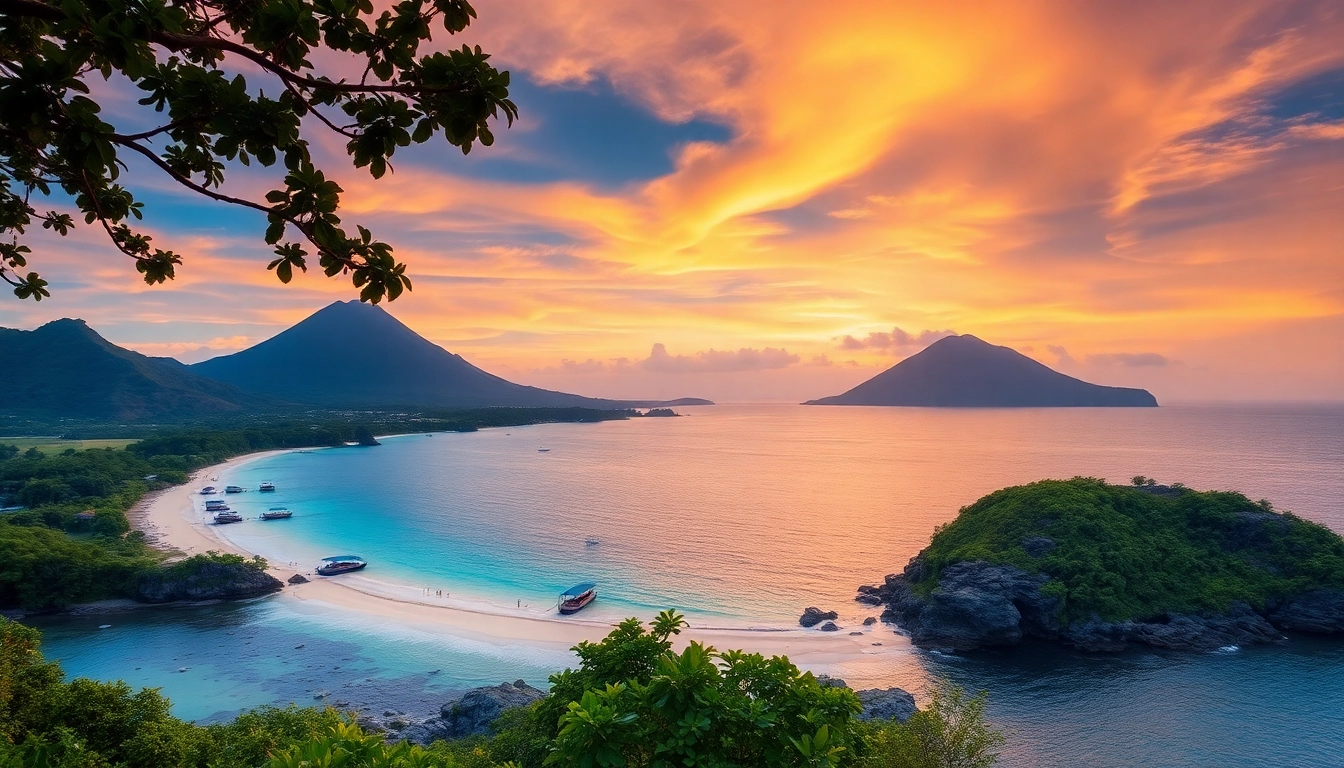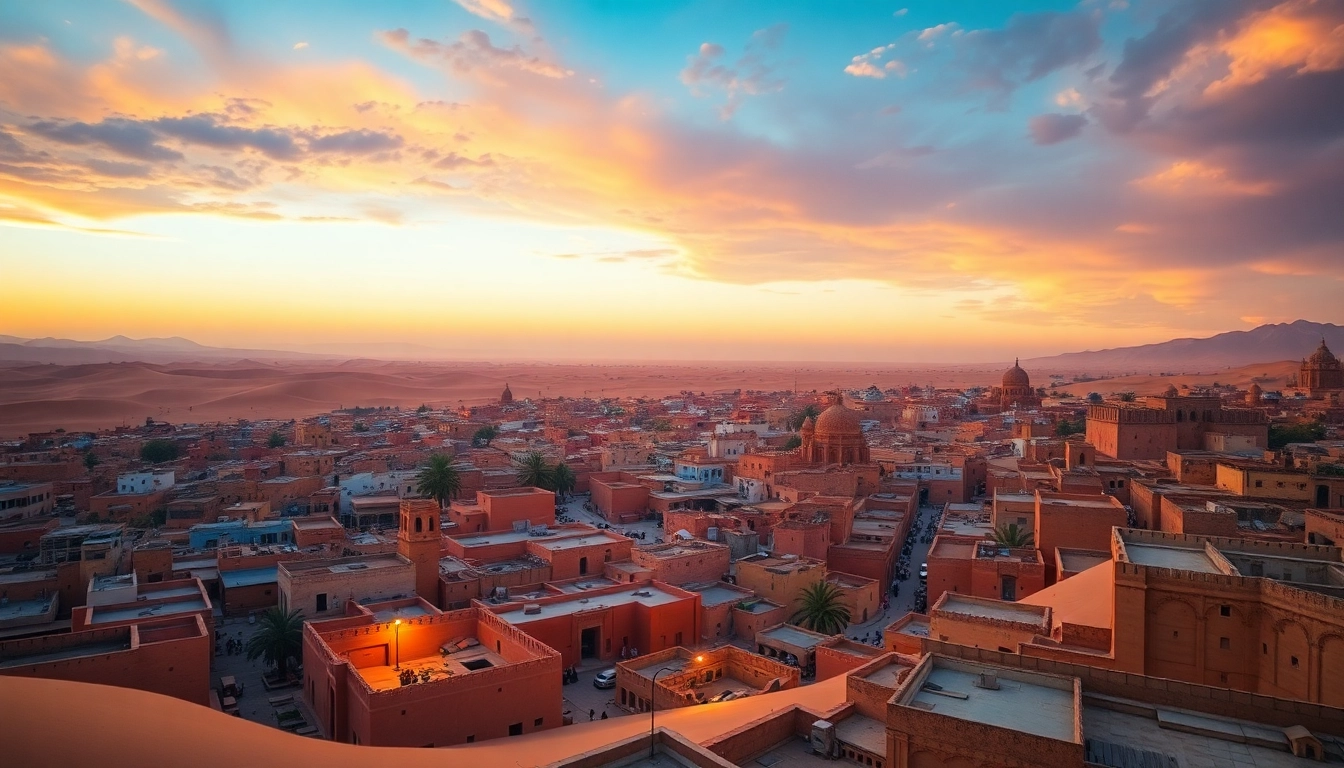Introduction to Lombok: Indonesia’s Hidden Paradise
Nestled within the archipelago of Indonesia, Lombok stands as a captivating island that offers an extraordinary blend of natural beauty, cultural richness, and adventurous spirit. Often overshadowed by its more renowned neighbor, Bali, Lombok has been steadily gaining recognition among travelers seeking authentic experiences, pristine landscapes, and a peaceful escape. As part of Indonesia’s diverse and vibrant tapestry, Lombok boasts a unique charm that appeals to explorers, nature lovers, and cultural enthusiasts alike.
For those considering their next travel destination, discovering Lombok opens up a world of possibilities—ranging from towering volcanoes and stunning beaches to vibrant local traditions and welcoming communities. In this comprehensive guide, we delve into the island’s various facets—its natural landscapes, cultural heritage, practical travel tips, and ways to maximize your experience. Whether you’re an adventure seeker or a cultural explorer, Lombok promises an unforgettable journey full of discovery and inspiration.
Natural Landscapes and Adventure Activities in Lombok
Mount Rinjani: Indonesia’s Second Highest Volcano
Arguably the crown jewel of Lombok’s natural attractions is Mount Rinjani, standing at an impressive 3,726 meters (12,224 feet) above sea level. As Indonesia’s second tallest volcano, Rinjani is a magnet for climbers and trekkers from around the world. The ascent to Rinjani’s crater lake, Segara Anak, offers a challenging yet rewarding experience, with breathtaking views and the chance to witness geothermal activity firsthand.
Climbing Rinjani provides an opportunity to connect with Indonesia’s volcanic landscape—a land shaped by fiery eruptions and lush highlands. The trek generally spans 2-4 days, with various routes suitable for different fitness levels, and guides are recommended to navigate the rugged terrain safely. Visitors can also explore the surrounding forests, hot springs, and scenic vistas that make this adventure truly extraordinary.
Pristine Beaches and Surfing Hotspots
Lombok’s coastline is renowned for its white sandy beaches, crystal-clear waters, and excellent surf breaks. The island boasts a variety of beaches catering to different interests—from tranquil coves perfect for relaxing to world-class surf spots that attract surfers from all corners of the globe.
Kuta Beach, located on the southern coast, is one of the most popular destinations for surfing, with waves suitable for beginners and seasoned surfers alike. Nearby, beaches like Selong Belanak and Tanjung Aan offer idyllic settings for sunbathing, swimming, and water sports. The consistency of the waves, warm waters, and tropical climate make Lombok a year-round surfing paradise.
Hidden Waterfalls and Eco-Tours in Lombok
Beyond its beaches, Lombok is home to numerous waterfalls hidden deep within its verdant forests. Notable among these are Sendang Gile and Tiu Kelep, located in the north near Mount Rinjani. These waterfalls are accessible via guided jungle treks that offer sights of lush flora and fauna, making eco-tourism an integral part of Lombok’s appeal.
Travelers interested in sustainable tourism can participate in eco-tours that promote conservation and local community support. These tours often include visits to rice terraces, wildlife sanctuaries, and community-led conservation projects, fostering a deeper connection with the island’s rich ecosystems.
Cultural Heritage and Local Traditions in Lombok
Lombok’s Unique Sasak Culture and Crafts
The cultural identity of Lombok is deeply rooted in the Sasak tradition, the island’s indigenous ethnic group. The Sasak culture is distinguished by its vibrant textiles, traditional crafts, and distinctive architecture, which collectively reflect centuries of cultural continuity and resilience.
Visitors can observe local artisans weaving intricate ikat fabrics, creating elaborate silver jewelry, or crafting traditional woven baskets. These crafts are not merely souvenirs but living expressions of Sasak heritage, often passed down through generations. Learning about these art forms offers insight into the community’s history, spiritual beliefs, and social structures.
Traditional Festivals and Culinary Delights
Lombok’s festivals, such as the Bau Nyale, celebrate local legends, harvest cycles, and spiritual beliefs. The Bau Nyale Festival, held annually, involves communities gathering to catch sea worms called Nyale, which are believed to be the reincarnation of Princess Mandalika. The event features colorful parades, traditional dances, and festive markets, offering visitors an authentic cultural immersion.
The island’s cuisine is equally rich, with dishes like Ayam Taliwang—spicy grilled chicken—and Plecing Kangkung—water spinach with chili and lime—highlighting the bold flavors of Sasak cooking. Street food stalls, local warungs, and night markets provide opportunities to taste authentic flavors and participate in communal dining experiences.
Visiting Villages and Cultural Sites
To truly appreciate Lombok’s cultural depth, travelers should visit traditional villages such as Sukarara, Banyumulek, and Sade. These sites demonstrate the local way of life, illustrate traditional building techniques, and host craft demonstrations that connect visitors directly with the community. Temples, markets, and historical sites further deepen understanding of Lombok’s spiritual and historical landscape.
Practical Travel Tips for Visiting Lombok
Best Time to Visit and Travel Logistics
Considering the climate and seasonal variations, the ideal time to visit Lombok falls between May and September, during the dry season. During this period, rainfall is minimal, and the weather is warm and sunny—perfect for outdoor activities and beach lounging. The shoulder months of April and October are also suitable, offering fewer crowds and lower prices.
Getting to Lombok is straightforward, with direct flights available from major Indonesian hubs like Jakarta and Bali. Lombok International Airport (Bandara Internasional Lombok) serves as the primary gateway, offering connections to surrounding islands and international destinations.
Accommodation and Transportation Options
Lombok provides diverse accommodation options, ranging from luxury resorts and boutique hotels to budget guesthouses and homestays. To explore the island effectively, renting a motorbike or scooter is a popular choice, offering flexibility and access to remote beaches and villages. For longer distances or group travel, car rentals with drivers are recommended, especially for excursions to Mount Rinjani or the northern waterfalls.
Ensuring Responsible Tourism and Cultural Respect
Visitors are encouraged to adopt sustainable travel practices, such as supporting local businesses, minimizing plastic waste, and respecting cultural norms. Dress modestly when visiting temples and rural villages, and always seek permission before photographing locals. Engaging with community-led tours not only enriches your experience but also contributes to local development projects.
Maximizing Your Experience in Lombok
Top Itineraries and Must-See Destinations
A well-planned itinerary might include a few days exploring the southern beaches, a trek up Mount Rinjani, a cultural day in Sasak villages, and relaxation in hotel or villa accommodations. Essential sites to visit encompass Gili Islands for snorkeling and nightlife, Senggigi Beach for sunset views, and the lush rice terraces of Sembalun.
Adventure and Wellness Tourism Opportunities
In addition to trekking and surfing, Lombok offers yoga retreats, spa treatments, and wellness centers amidst tranquil natural settings. The island’s serene environment makes it an ideal place for meditation, holistic healing, and rejuvenation, attracting health-conscious travelers.
Local Guides and Tour Packages
Connecting with certified local guides enhances safety, cultural insights, and the depth of your explorations. Many tour operators offer customizable packages that combine adventure, cultural experiences, and relaxation, ensuring a comprehensive and tailored journey in Lombok.




